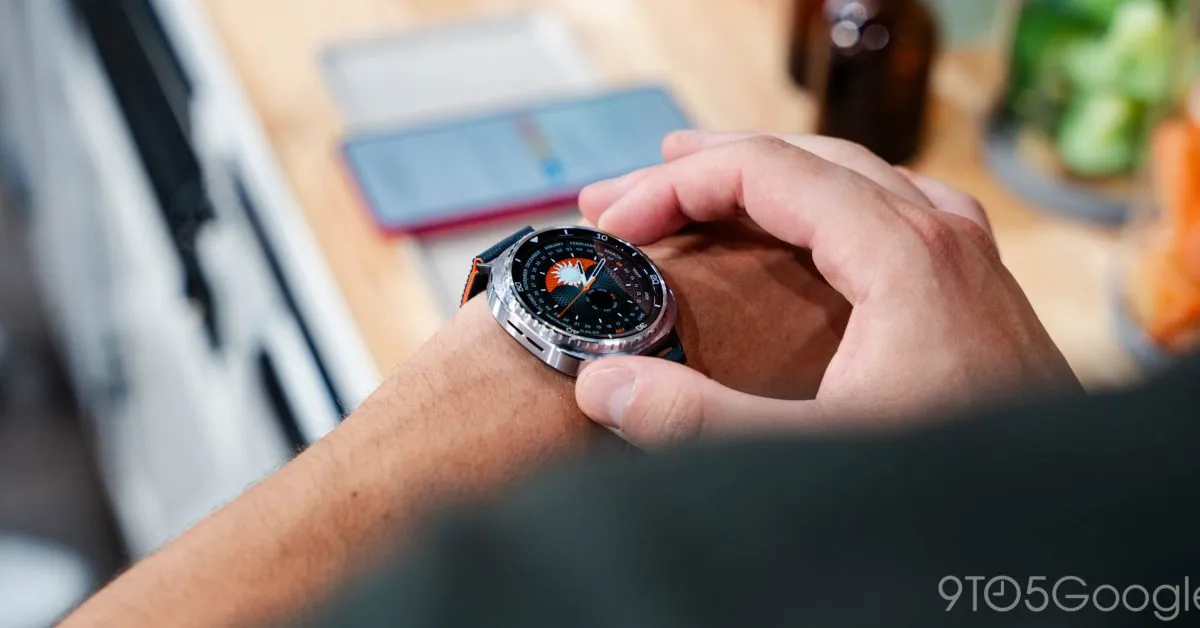
Samsung has once again followed its established pattern by launching a Classic edition of the Galaxy Watch 8 series, marking its return two years after the previous model. But what truly sets the new Galaxy Watch 8 Classic apart from its predecessor, the Watch 6 Classic? Is the difference merely a matter of software advancements, or is it worth upgrading to this latest generation? In this article, we'll delve into the design, features, and overall performance of the Galaxy Watch 8 Classic.
The most noticeable change in the Galaxy Watch 8 Classic is its strikingly different design. Drawing inspiration from the Watch Ultra released last year, the new watch features a cushion case design that reintroduces the “squircle” shape. This design is not exclusive to the Watch 8 Classic; it is also reflected in the larger Watch 8 and Watch Ultra 2025 models. While some users appreciate this modern aesthetic, others are frustrated with Samsung's shift away from the traditional circular case shape.
Samsung aimed for a refined and contemporary look with the Watch 8 Classic, yet opinions remain divided. Personally, I find the Watch 8 Classic visually appealing, blending elements from classic analog watches with a modern twist. However, it would be great to see a black variant in addition to the current stainless steel and white options.
The Galaxy Watch 8 Classic boasts several improvements that set it apart from the Watch 6 Classic. For starters, the rotating bezel features broader knurls, enhancing the premium feel of the device compared to the finer teeth of its predecessor. Although both models have a 47mm size, the Watch 8 Classic utilizes its bezel more effectively, centering its screen and providing a larger display at 1.34 inches. In contrast, the Watch 6 Classic appears larger due to its less pronounced bezel.
Internally, the Galaxy Watch 8 Classic is powered by Samsung’s Exynos W100 SoC, a step up from the Exynos W930 found in the Watch 6 series. Despite both models sharing the same RAM count, the Watch 8 Classic offers enhanced sensor capabilities, including a new temperature sensing feature. While the Watch 6 Classic lists “skin temperature” among its features, the Watch 8 Classic seems to lead in this area, providing users with more comprehensive health tracking options.
The feature set for the Galaxy Watch 8 Classic is notably more extensive than that of the Watch 6 Classic. This increase in functionality is expected, given the two-year gap between releases. If features such as Continuous SpO2 tracking, a Running Coach function, and Sleep Apnea tracking are important for your fitness journey, upgrading may be a wise choice. Additionally, the Watch 8 Classic supports the latest One UI 8 operating system, which will eventually be available for the Watch 6 Classic as well.
The decision to upgrade to the Galaxy Watch 8 Classic ultimately hinges on your satisfaction with the current hardware. If the aesthetic appeal of the Watch 8 Classic doesn’t resonate with you, it may be prudent to stick with the Watch 6 Classic. After all, you'll be wearing it daily, and comfort in style is essential.
On the other hand, the Watch 8 Classic offers superior performance, a wider array of features, and improved battery life, making it a compelling choice for many. Priced at $499, it is an investment worth considering. Additionally, Samsung’s trade-in deals could make the upgrade more enticing for potential buyers.
As we look ahead, the Galaxy Watch 8 Classic may be the last Classic edition we see for some time. Samsung is expected to unveil a fitness-focused edition next year, similar to the Ultra model. Until then, the Galaxy Watch 8 Classic stands as Samsung’s offering for traditionalists who appreciate a blend of modern technology and classic design. Ultimately, whether you love or loathe the “squircle” shape, the Watch 8 Classic is a notable addition to Samsung's smartwatch lineup.